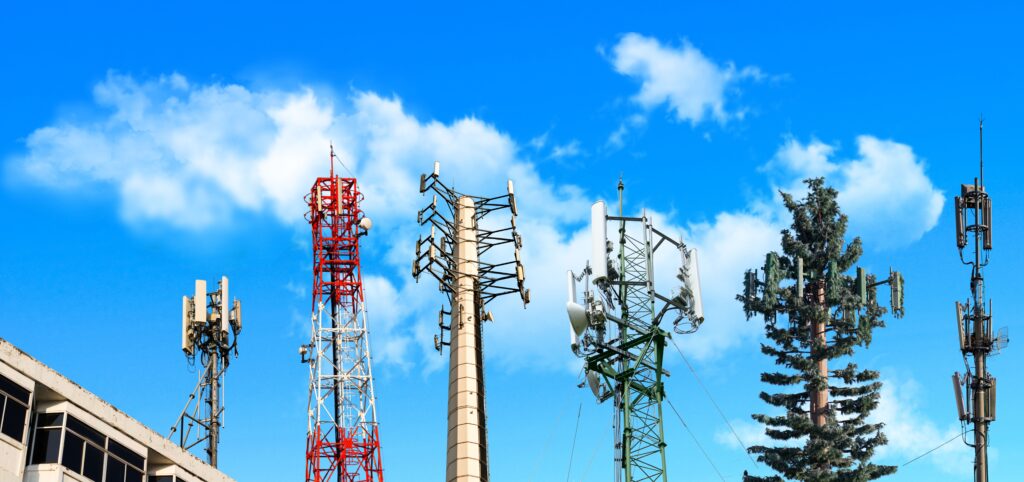
Telecommunication towers serve as the backbone of modern communication networks, enabling the seamless transmission of voice, data, and multimedia content across vast distances. These towers come in various shapes, sizes, and configurations, each designed to meet specific technical requirements and environmental considerations. Let’s explore into the different types of telecom towers that play a crucial role in connecting the world.
- Self-Supporting Towers: Also known as free-standing or lattice towers, self-supporting towers are the most common type of telecom towers. They feature a triangular or square lattice structure supported by a stable base, eliminating the need for guy wires. These towers are versatile, cost-effective, and suitable for various heights and load capacities.
- Guyed Towers: Guyed towers consist of a central mast supported by multiple guy wires anchored to the ground. These towers are particularly suitable for tall structures requiring additional stability, such as TV and radio broadcast towers. Guyed towers are cost-effective and efficient for accommodating heavy antenna loads.
- Monopole Towers: Monopole towers are single, self-supporting poles typically made of steel or concrete. They offer a sleek and compact design, making them suitable for urban and suburban environments where space is limited. Monopoles are commonly used for cellular and wireless communication applications, rooftop installations, and camouflage applications.
- Stealth Towers: Stealth towers, also known as concealed or disguised towers, are designed to blend seamlessly into their surroundings to minimize visual impact. These towers often resemble trees, flagpoles, or architectural features, allowing them to camouflage within natural or built environments. Stealth towers are ideal for locations where aesthetic concerns are paramount, such as residential areas or scenic landscapes.
- Rooftop Towers: Rooftop towers are installed above existing structures, such as buildings or parking garages, to maximize vertical space and minimize land usage. These towers are commonly used in urban areas where ground space is limited, or zoning restrictions prohibit the construction of traditional towers. Rooftop towers offer excellent coverage and capacity for wireless communication networks.
- Mobile Cell Towers: Mobile cell towers, also known as portable or temporary towers, are deployable structures used for temporary communication needs, such as disaster response, special events, or construction sites. These towers are lightweight, easy to transport, and quick to assemble, providing temporary coverage in remote or emergency situations.
In conclusion, the varied collection of telecom towers plays a vital role in enabling efficient and reliable communication networks worldwide. Each type of tower offers unique advantages and applications, serving to specific technical, environmental, and aesthetic requirements.
When it comes to tower analysis and structural expertise, ASE Structure Design stands out as a trusted authority in the field. With a team of experienced engineers and a proven track record in tower design and analysis, ASE Structure Design is committed to delivering innovative solutions that meet the evolving needs of the telecommunications industry.
